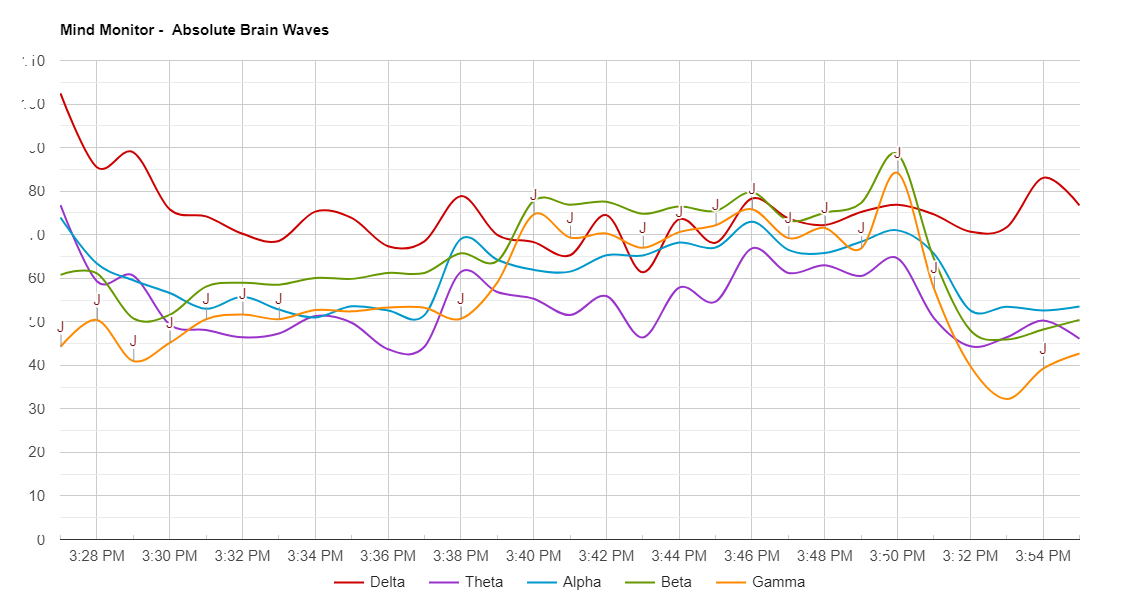- Objective:
- Investigating experimental methods to capture physiological data related to anxiety and linguistic racism
- To find any correlation between linguistic racism and anxiety in non-native English speakers
- Research Question:
- How did our team test the correlation between linguistic racism and anxiety?
- Definition of Linguistic Racism
- This research study plans to focus on the niche of linguistic racism, a type of prejudice individuals may have towards others based on the way they speak, and determine if it is an issue on the Mason campus. Furthermore, this study is also conducted with the purpose of determining whether linguistic racism could potentially correlate with that of anxiety, as being placed in such a stressful environment on top of undergoing college classes, could lead to increased anxiety within individuals. This area of study was chosen by the researchers for this study as it is an area that contains limited research pertaining to the topic and can potentially relate to many of the international individuals of the Mason community.
- How Linguistic Racism Connects with Emotion and Mental Health
- In academia, students and faculty have been severely impacted by linguistic racism. Nonnative speakers lack education and awareness of mental health disorders, yet maintain a higher prevalence of anxiety, depression, and insecurity than their native speaker peers. According to a study done by Dovchin, one of the most critical factors feeding this prevalence is the racism, based on their usage of English, felt by nonnative speakers. Prior research has demonstrated that students with English accents that are dissimilar to White Native English Speakers (WNES) face discrimination on campus because their accents are associated with negative stereotypes of their race, ethnicity, or nationality. This form of linguistic racism, known as “ethnic accent bullying”, has severe impacts on both students and faculty. The prejudices that an accent can evoke in a listener may cause these listeners to release racial slurs, make fun of one’s accents, or exclude the nonnative speaker from the rest of their peers. As a result, as non-native English speakers find themselves with increased levels of anxiety when attempting to speak English (citation). Such anxiety can further lead to suicidal ideation, depression, and feelings of inferiority.
- Common Methods for Assessing Psychological and Emotional Effects of LR in Higher Education is through Qualitative Study
- The topics on linguistic racism, experience of discrimination among English learners relating to suicidal characteristics, and links between language micro aggression and cultural identity issues, have not been thoroughly researched. Based on previous studies that have investigated assessing physiological data and connecting data to emotions and their effects. Many studies have used self filled surveys and diaries, and investigating firsthand sources that have experienced perceived discrimination at school and work.
- Why we want to quantify. Benefits of detecting LR triggered emotions with wearable sensors.
- By quantifying LR, a correlation between LR and physiological data can be found using unbiased statistics, which will allow researchers to generalize and make predictions on LR to a larger universal population that is outside the George Mason University community. In addition to the benefits of quantitative data in this research, the data will be a representation of the transient emotions in the experiment as well.





Recent Comments